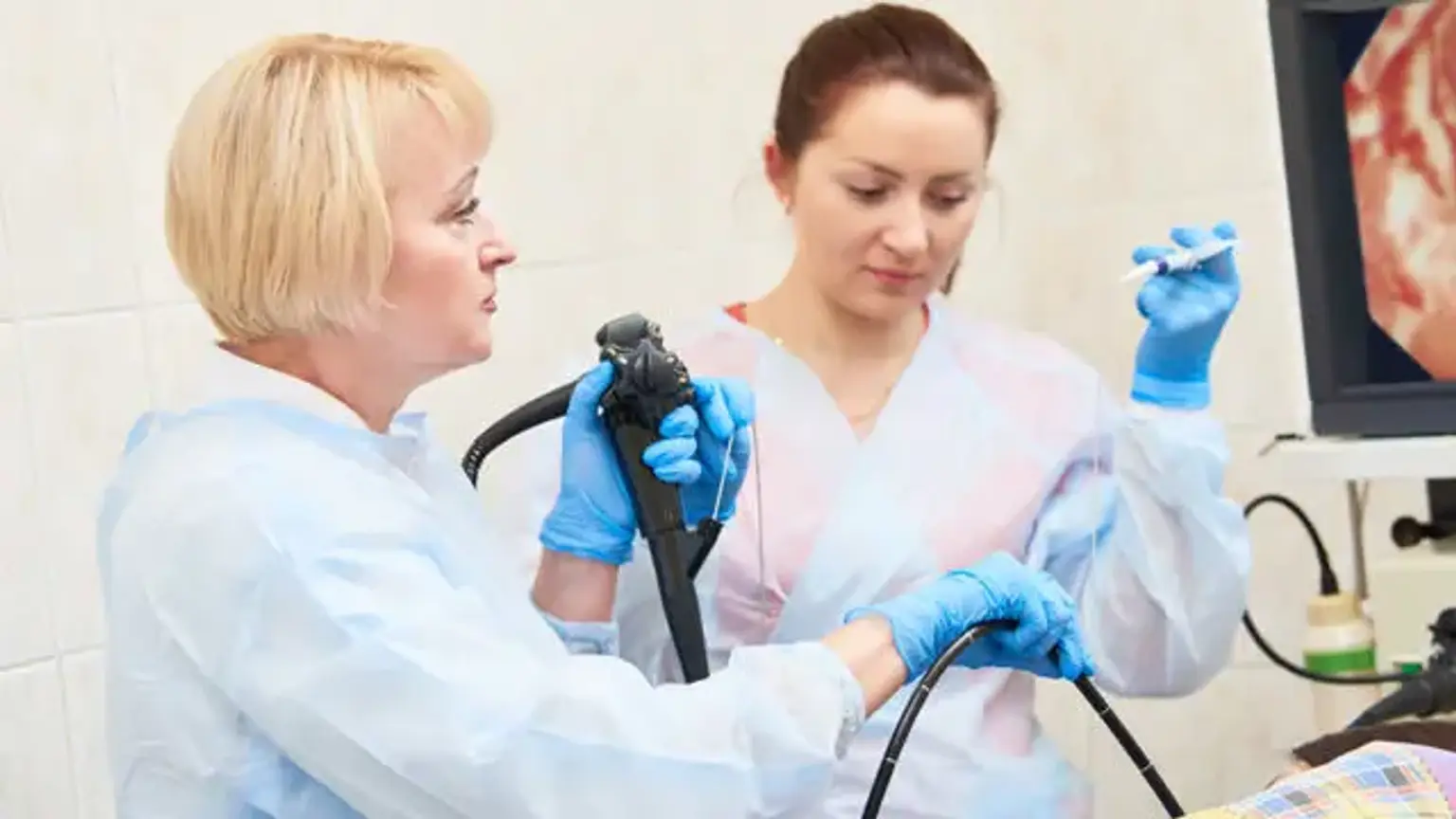Gastroscopy
Overview
A gastroscopy is a technique that uses a thin, flexible tube called an endoscope to examine the oesophagus (gullet), stomach, and first section of the small intestine (duodenum). It is also known as Esophagogastroduodenoscopy (EGD) and is one of the most popular procedures performed by gastroenterologists.
Typically, a gastroscopy is performed to explore symptoms such as indigestion, nausea, or trouble swallowing. It can detect inflammation, ulcers, polyps, and other growths.
Gastroscopy is often used to treat diseases such as stomach ulcers, to enlarge a small oesophagus (a procedure called as dilatation), or to remove a foreign material. Doctors can obtain tissue samples (biopsies) and remove polyps from anything strange they detect.
